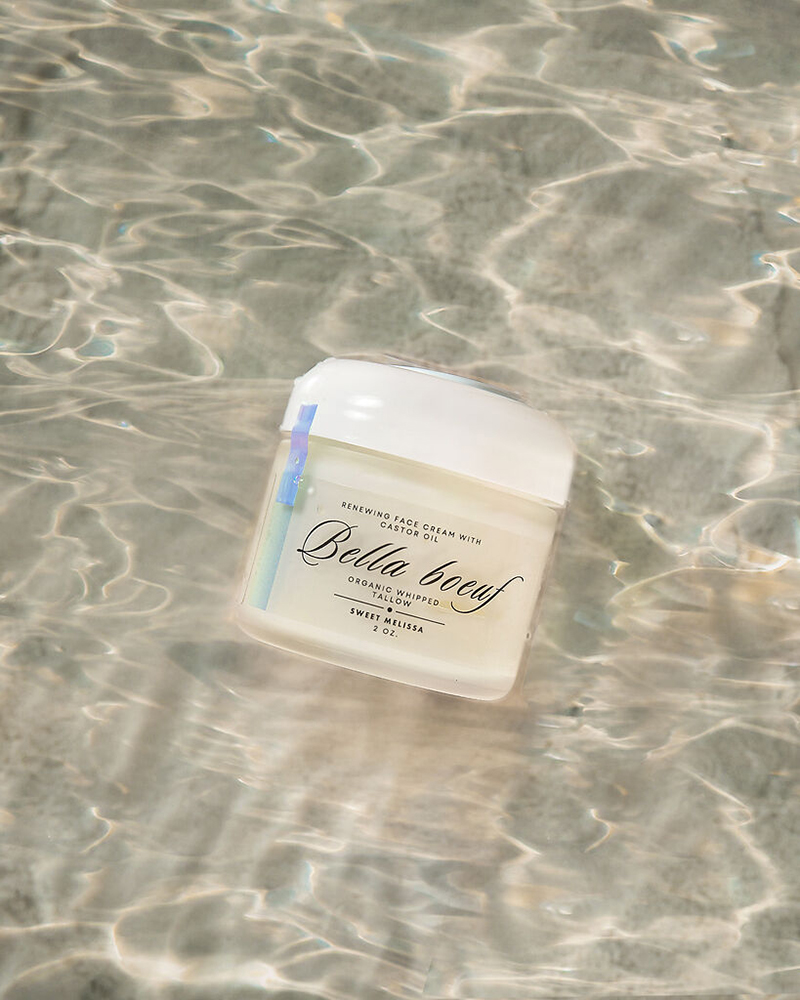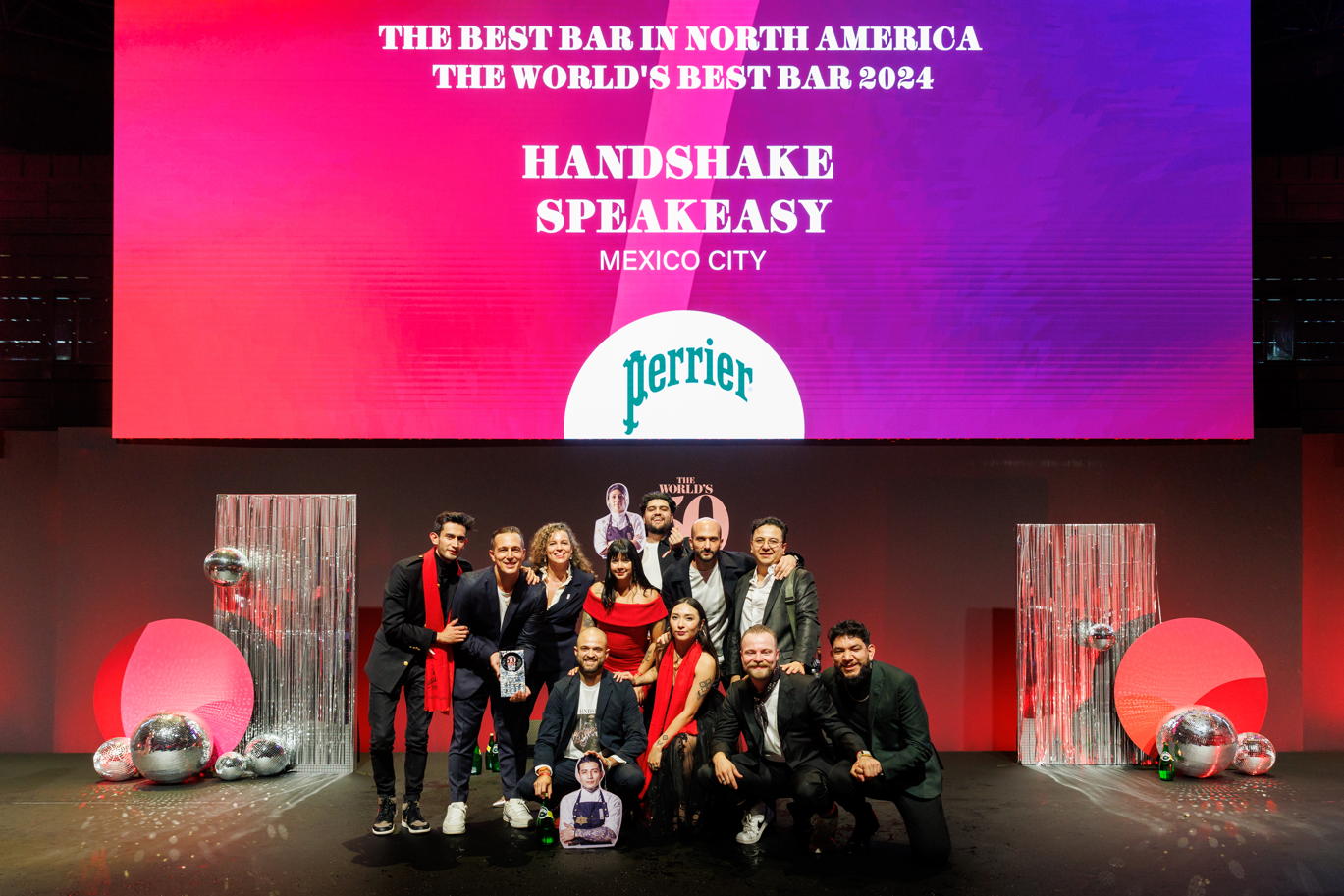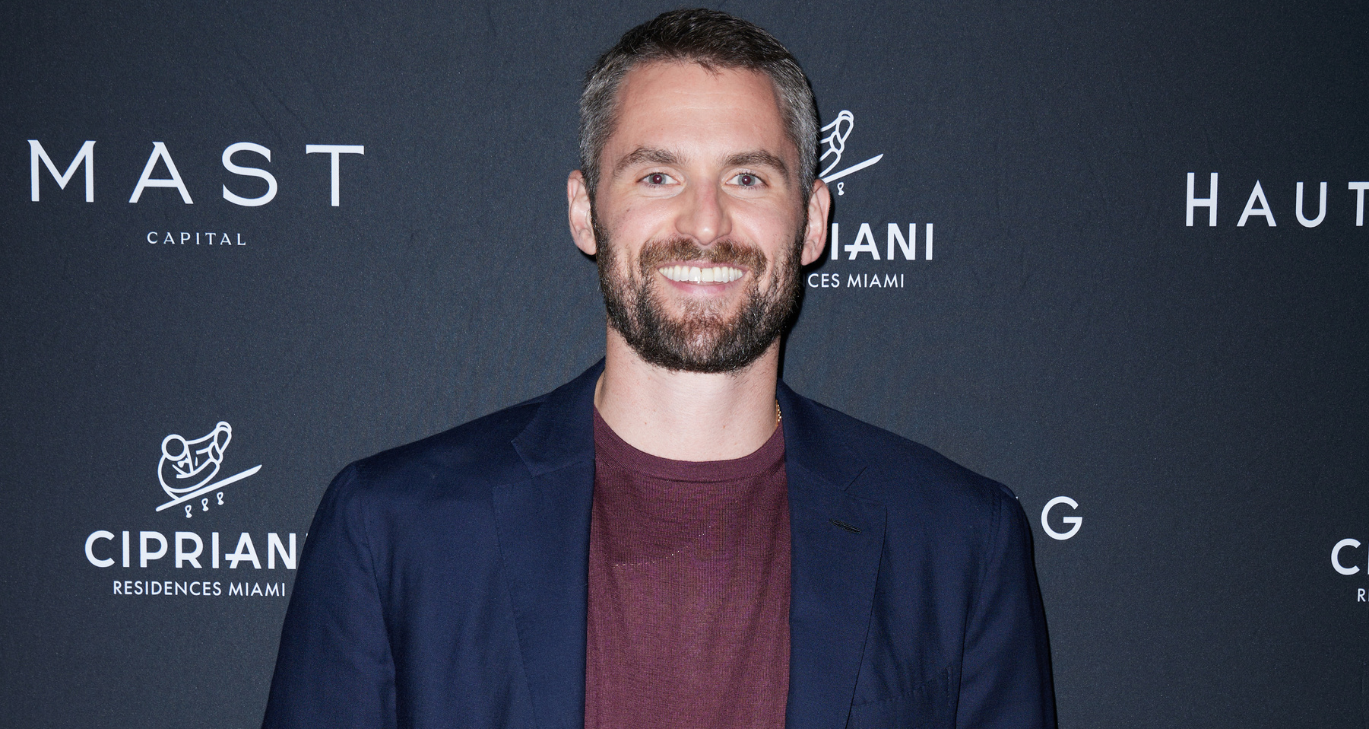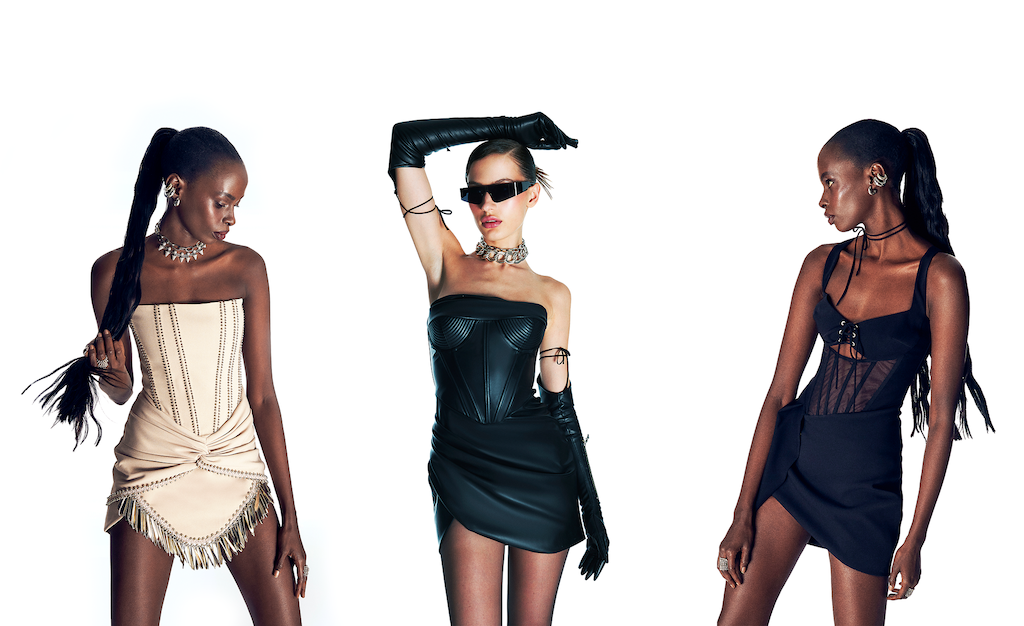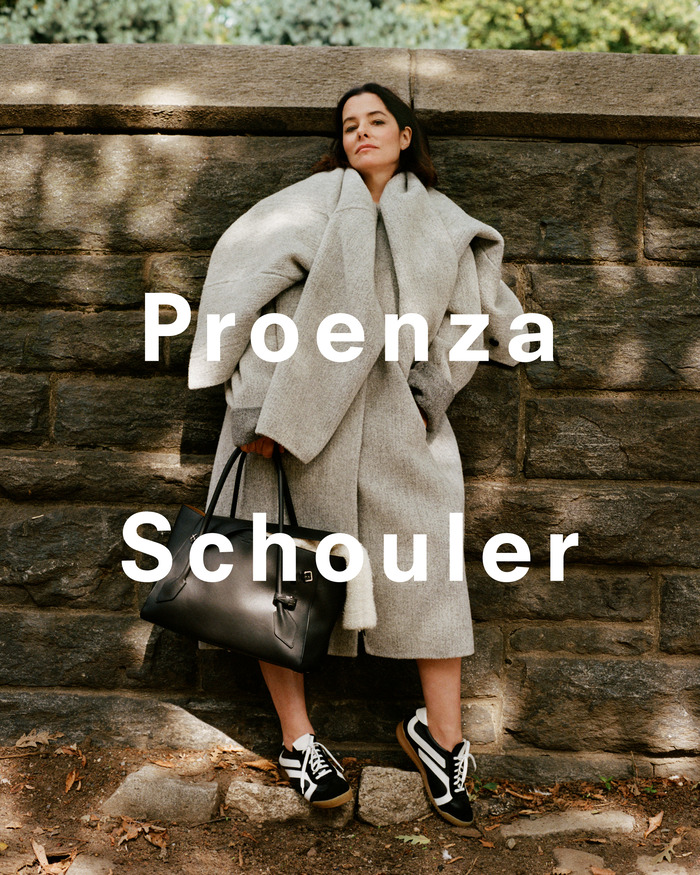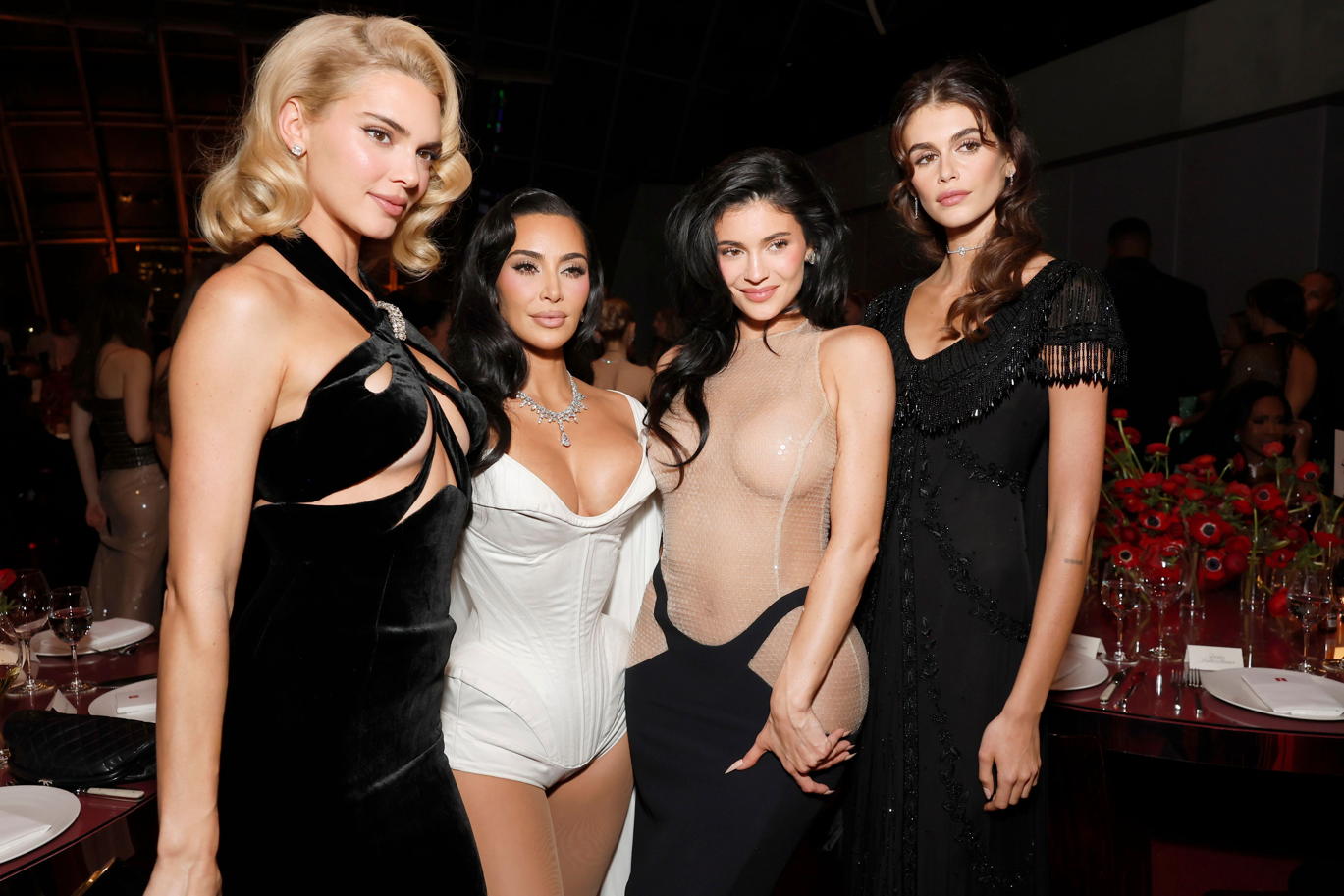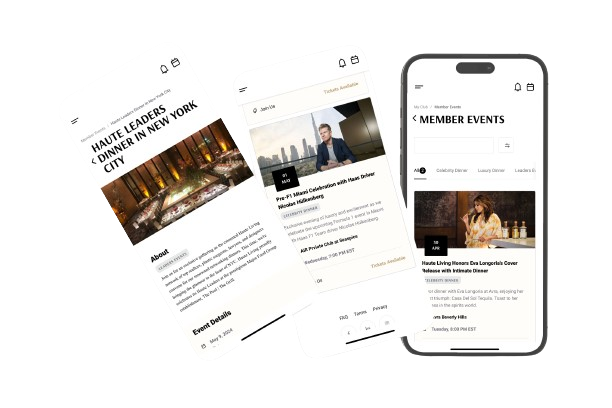MoMA’s Klaus Biesenbach Reveals the Art of Curating
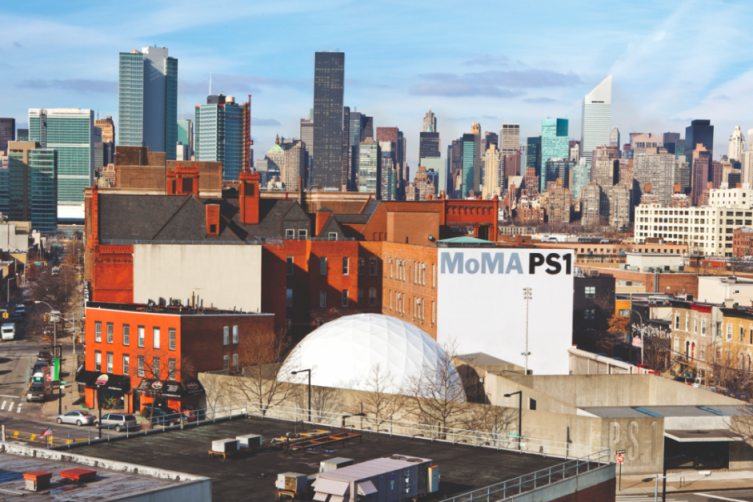
Few people have their finger on the pulse of the art world more than Klaus Biesenbach. As the Director of New York City’s MoMA PS1 and the Chief Curator at Large of The Museum of Modern Art, the German visionary has led a range of pioneering initiatives and has organized some of the most influential international exhibitions including groundbreaking retrospectives like Kraftwerk: Retrospective 1 2 3 4 5 6 7 8 (2012) and Marina Abramovic: The Artist is Present (2010). Prior to this, he founded the Kunst-Werke (KW) Institute for Contemporary Art in Berlin (1991) and the Berlin Biennale (1996). Biesenbach has also curated politically charged exhibitions dealing with courage and dissent such as Zero Tolerance (on view now), EXPO1, New York and Rio de Janeiro (2013 and 2014), Regarding Terror: The Red Army Faction Exhibition (2005), and Disasters of War (2000). He is in the process of curating a retrospective of Björk at MoMA. Haute Living asked Biesenbach to walk us through his day—from Instagram posts to brainstorming sessions—and give us a glimpse into his real New York lifestyle.
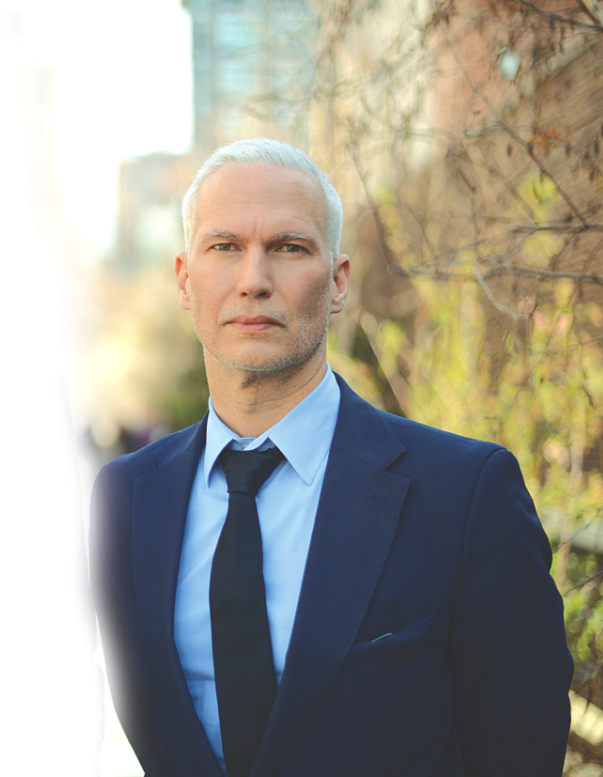
6:00 a.m. I wake up. I sleep very close to a window that has no blinds, no shades, and no curtains. It’s on the 23rd floor where there is no kind of obstruction to block the direct sun. That said, the first thing I do every morning is step back, look out the window, and take a picture. The pictures are tagged “#window23” when I post them on Instagram. I’ve actually done this for much longer than I’ve been on Instagram and much longer than I’ve lived in my current apartment. I started tagging them a couple months ago after somebody direct messaged me saying it would be nice to see them all together. Then I read the New York Times, look at my emails, and check Facebook and Twitter. When I leave my building, I walk up Ninth Avenue, and have a decaf coffee with skim milk and Sweet’N Low and a Diet Coke at the Renaissance Diner on the way to my office at MoMA.
8:00 a.m. I check in at MoMA. Depending on how much time I have, I’ll take a moment in the sculpture garden or in some of the galleries if they happen to be open already. Then begins my first office shift at MoMA, often combined with a breakfast. If it is a really fancy breakfast, we’ll go to Michael’s on 55th Street, but if the occasion is really grassroots, we’ll go to the diner on 6th Ave and 56th Street.
10:00 a.m. I arrive at MoMA PS1 for another work session.
12:00 p.m. I enjoy a delicious lunch at M. Wells with a guest. Usually, it’s an artist, a trustee, a journalist, or with our team.
2:00 p.m. Throughout the day, both friends and colleagues from across the world stop in to see MoMA PS1. On view now is a dynamic range of exhibitions: Zero Tolerance, which addresses political activism; Retrospective by Xavier Le Roy, which investigates the role of performance within the contemporary institution; Teatro Romano by the Italian artist, Francesco Vezzoli, which takes a look at antiquity head-on; Art Amnesty by Bob and Roberta Smith, which confronts the notion of art as a commodity versus an educational tool; an immersive installation by LA-based artist Samara Golden; and lastly, a fantastic group show featuring four emerging artists. Being able to spend the entire day surrounded by art and artists is one of my greatest pleasures, and no doubt, a major perk of working in my field.
4:00 p.m. I make my way back over to MoMA (I travel between museums as many as four or five times a day!) and touch base with the brilliant curatorial staff, communications team, and chiefs and directors of the many different parts of the puzzle that make up the diverse and wonderful institution. My colleague, Peter Eleey, from MoMA PS1 recently curated an exhibition of the works of Sturtevant that I find myself visiting again and again. The exhibition of the work of Matisse is stunning and a celebration of beauty. Robert Gober’s The Heart is Not a Metaphor always touches me and makes me feel that I am vulnerable and present in both the here and now. Neither are to be missed!
6:00 p.m. My evenings vary from day to day. If I stay in town, I try to only go to concerts, premieres, and openings of artists, directors, actors, and musicians that I have worked with and I am in continuous contact with. But after more than 20 years of work, this happens nearly every night.

